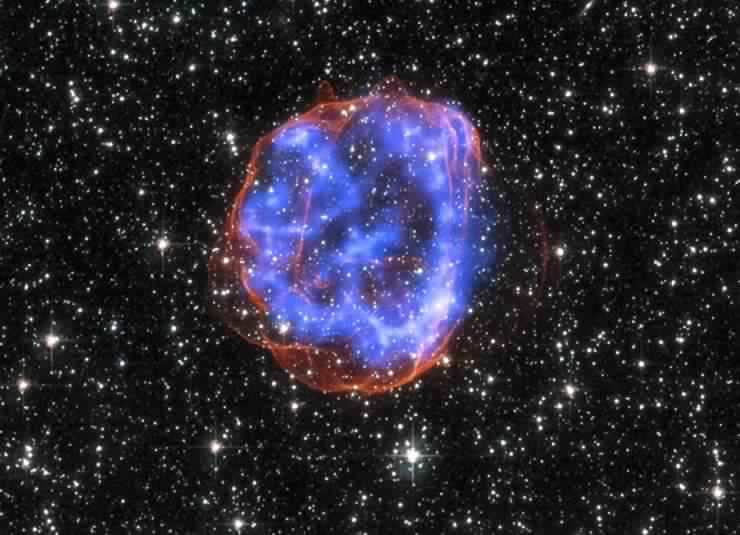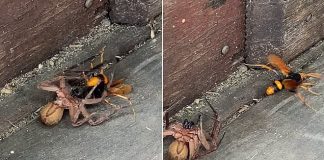Scientists have reportedly discovered the most-desolate place in the Milky Way. The vast expanse right at the centre could well be a cosmic desert that is completely devoid of young stars. The new study by the international team of researchers promises to better the understanding of the entire Milky Way.
Noriyuki Matsunaga from the University of Tokyo and colleagues from Japan, Italy, Germany and South Africa looked for a type of pulsating star which is associated with young stars and found none in the middle of the Milky Way.
They published their work in the Monthly Notices of the Royal Astronomical Society.
The Milky Way is a spiral galaxy with curling arms and a massive central bulge made from billions of stars. Measuring where stars are distributed is key to understanding how our galaxy evolved. (Our star, the sun, is around 26,000 light-years from the centre.)
Pulsating supergiants stars called Cepheids are ideal for this job – they’re young stars, between 10 and 300 million years old, and pulsate in brightness in a regular cycle.
Their pulsing rate is related to their brightness. If we see a Cepheid flashing at a certain rate, we can calculate its brightness and then, its distance from us.
Unfortunately, Cepheids are tough to spot in the middle of the galaxy. Interstellar dust clouds the view for many telescopes.
But not the Japanese-South African telescope in South Africa. It detects near-infrared radiation emitted by Cepheids which can travel through that interstellar dust.
And when Matsunaga and colleagues peered in the direction of the centre of the Milky Way, they found – to their amazement – hardly anything.
Cepheids had been found in the very middle of the galaxy in a region roughly 150 light-years across. But stretching 8,000 light-years from this central Cepheid-rich nugget was a desert.
Guiseppe Bono from the University of Rome Tor Vergata and co-author of the study said there had been no star formation in that large region for hundreds of millions of years.
Why? That’s still a mystery. But it gives astronomers a new, juicy piece of the jigsaw puzzle that is our galaxy’s evolution.
Laura F. Nixon














No stars at our center ? That’s it — we need to move to Andromeda !
They, the astronomers, may have encountered the part of the Milky Way Spiral that is in fact, the desert part of the spiral. If you look at other spiral Galxies you see these blank areas. What we should be looking for livable parts of the Galaxy. The genesis part is the most important of studies. I know we’re trying.
the galaxy didn’t evolve it was created.ignorant puny talking monkeys chattering away in the treetops of their own imagination.